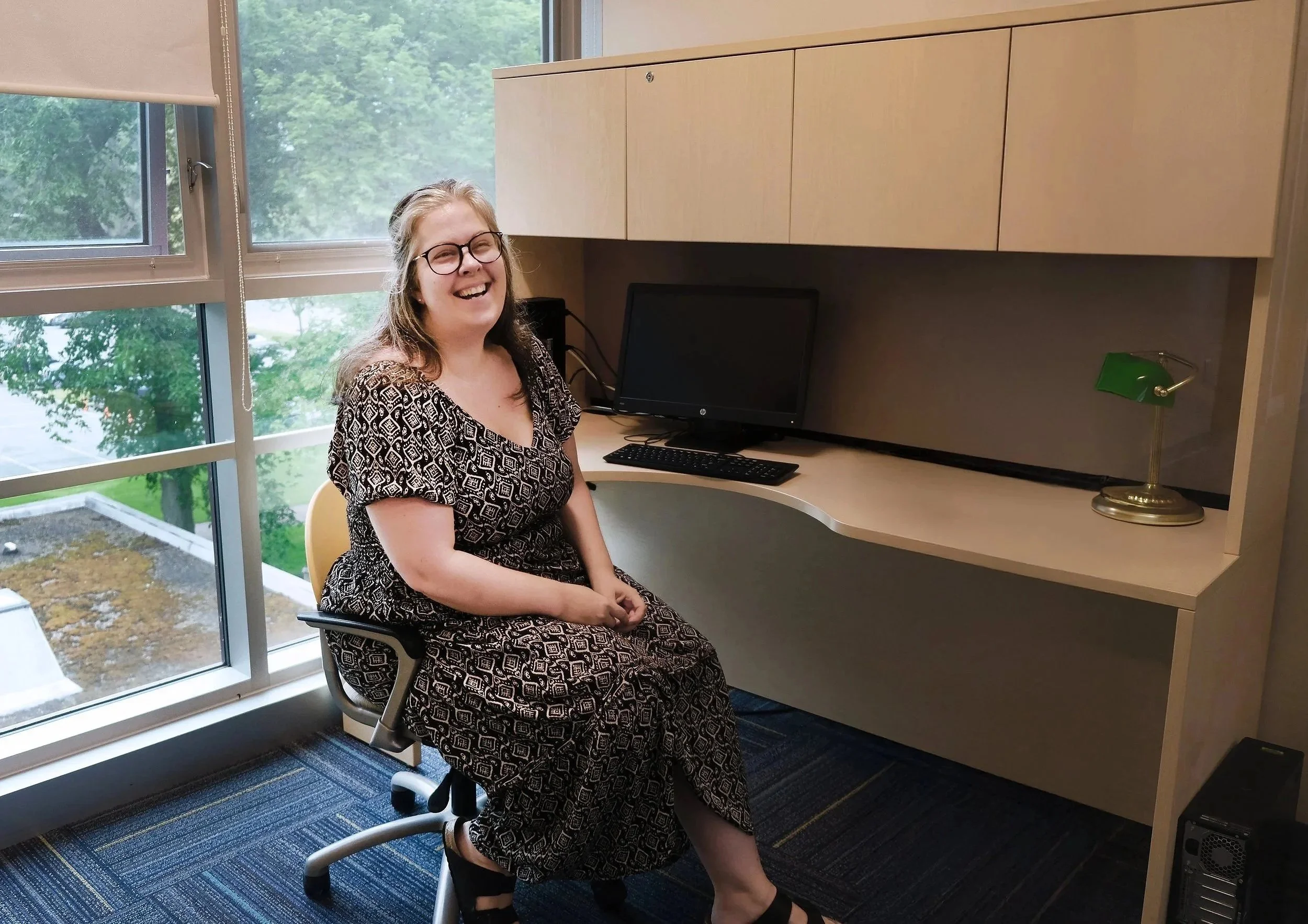Unique infrastructure at Saint Mary’s for student accessibility
It’s easy to say you believe in accessibility, but far harder to demonstrate it.
The Fred Smithers Centre for Student Accessibility at Saint Mary’s University in Halifax has a long and evolving history. Originally established as the Atlantic Centre for Disabled Students, the Centre was reimagined under its current name thanks to the vision and generosity of Fred Smithers.
Smithers, a Nova Scotian entrepreneur whose influence extends far beyond business, is the founder and former CEO of Secunda Marine Services. He is recognized not only for his leadership within marine industries, but also for his impactful philanthropic vision.
His approach is clear: invest where the impact is tangible, measurable, and transformative. In close partnership with Saint Mary’s, Smithers helped propel a purpose-built accessibility hub unique within Canadian higher education.
Imagine you are a student with dyslexia, ADHD, sensory processing challenges, low vision, or who uses a mobility aid. You have left behind the familiarity of living at home as a high school student and are now adapting to university life on your own. You might even be in a new province or country, away from the support systems you have counted on. This is a significant shift, filled with uncertainty and new demands.
Traditional accommodations such as extended test time or quiet corners can only do so much. The Fred Smithers Centre’s approach is comprehensive:
State-of-the-art private and soundproof testing rooms are equipped with white noise machines, ergonomic desks, and noise-cancelling headphones.
Integrated assistive technology like Kurzweil 3000, Dragon speech-to-text software, JAWS screen reader, and specialized note-taking software.
Low-stimulus adaptive spaces: The Centre follows Universal Design for Learning (UDL) principles, creating environments that accommodate a broad range of student needs, with or without formal diagnoses.
Sensory-friendly ergonomic features, including adjustable-height desks, ergonomic seating, and dimmable lighting designed to reduce strain and create a comfortable atmosphere.
“Students walk into these spaces, and it immediately communicates: we see you, we believe in you, and we built this place for you.” — Kate McHugh, Manager of Student Accessibility and the Fred Smithers Centre
This is intentional infrastructure, designed to overcome the genuine challenges students face. Saint Mary’s is one of the few Canadian universities providing this uniquely holistic approach.
“We wanted to move beyond just resources into comprehensive support,” says Kate McHugh, Manager of Student Accessibility and the Fred Smithers Centre. “We envision tangible, real spaces where students feel empowered. Students walk into these spaces, and it immediately communicates: we see you, we believe in you, and we built this place for you.”
“Disabilities can take many forms,” says McHugh. “They can be visible, invisible, temporary, or evolving—and often misunderstood. Students transitioning from high school face unique challenges related to their identity, including discovering how and where they fit in. Sometimes there's stigma around asking for help as they move into adulthood, or uncertainty about whether they even qualify.”
The Fred Smithers Centre offers solutions to these real needs, demonstrating how the university supports student success and has become a strategic institutional asset. Accessibility infrastructure enables scalable services and measurable student outcomes, significantly reducing stress, anxiety, and academic frustration among students.
Main office: a spacious area with floor-to-ceiling windows overlooking Saint Mary’s campus in the historic south end of Halifax. Think 100-year-old trees, classic campus architecture, and waterfront glimpses. It’s furnished with a comfy couch, a water-bottle refill station, plenty of natural light, and welcoming vibes credited largely to friendly staff.
Classroom: A dedicated space equipped for accessibility workshops and instructional support, or as a secondary testing space. Thoughtfully integrated into the Centre’s layout, this room provides a welcoming area for events and open houses.
C-shaped testing centre: Eight soundproofed breakout rooms, many with windows. These are designed for focused study or testing and grouped around an inner corridor, with ten additional open-air cubicles.
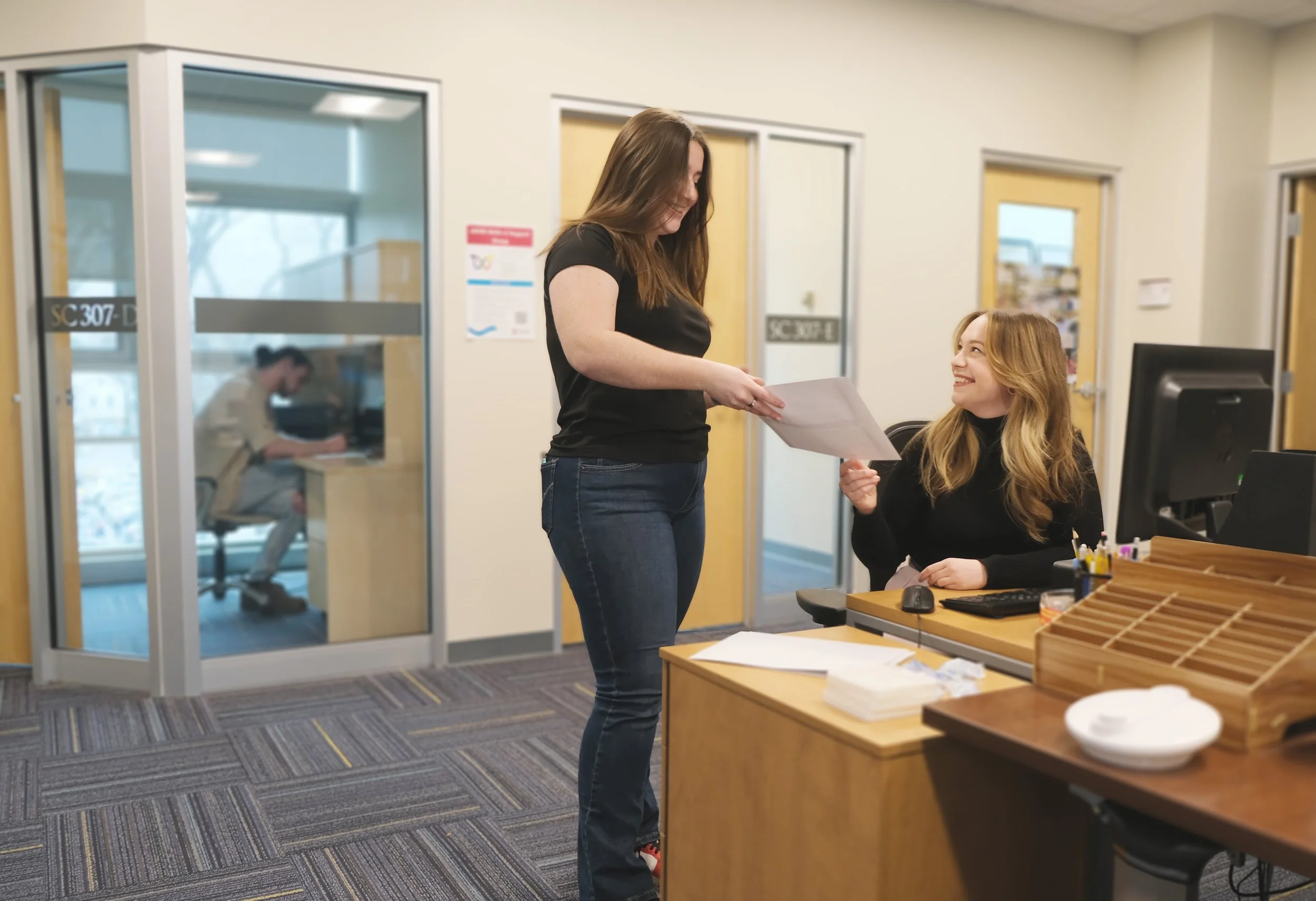

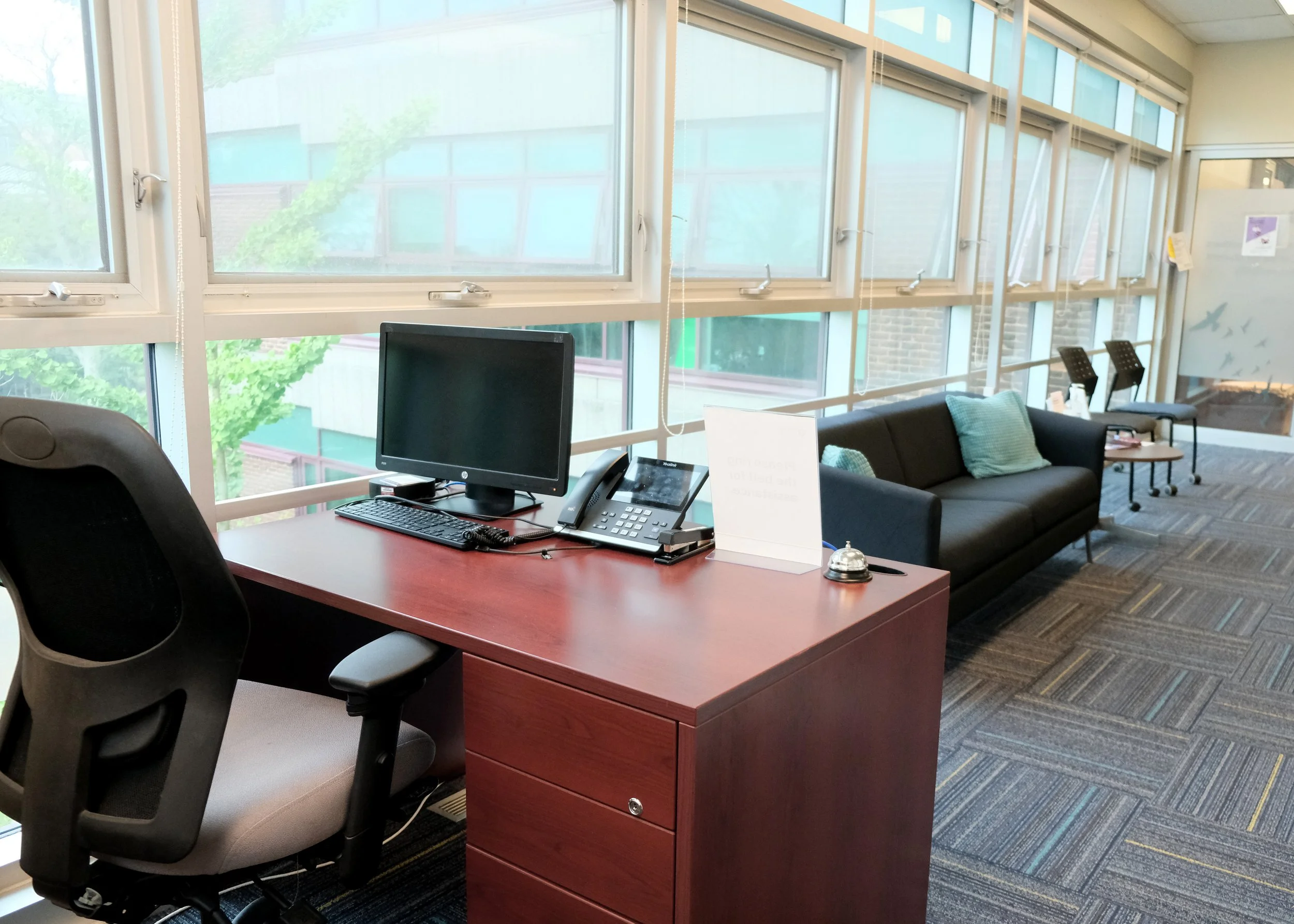
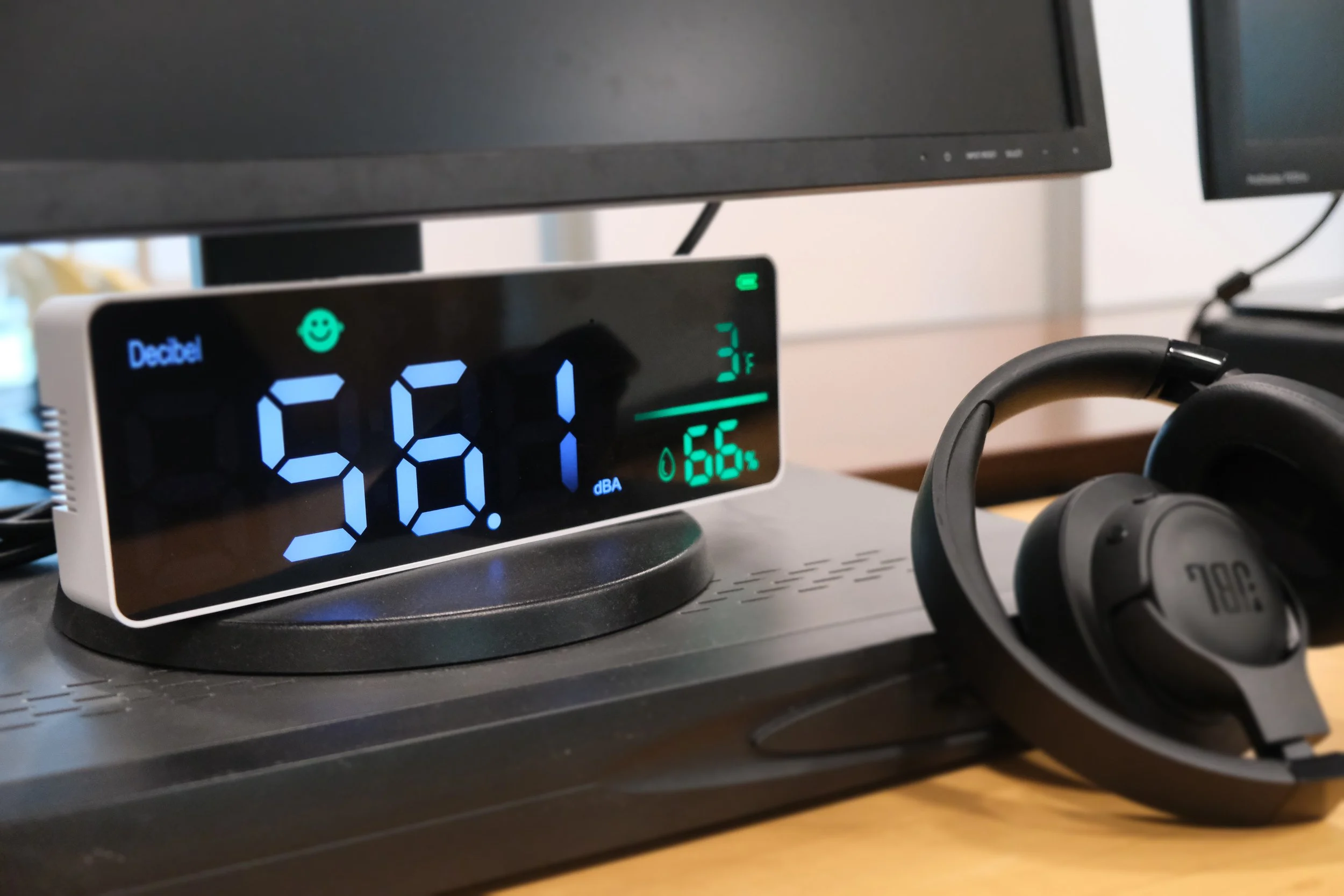
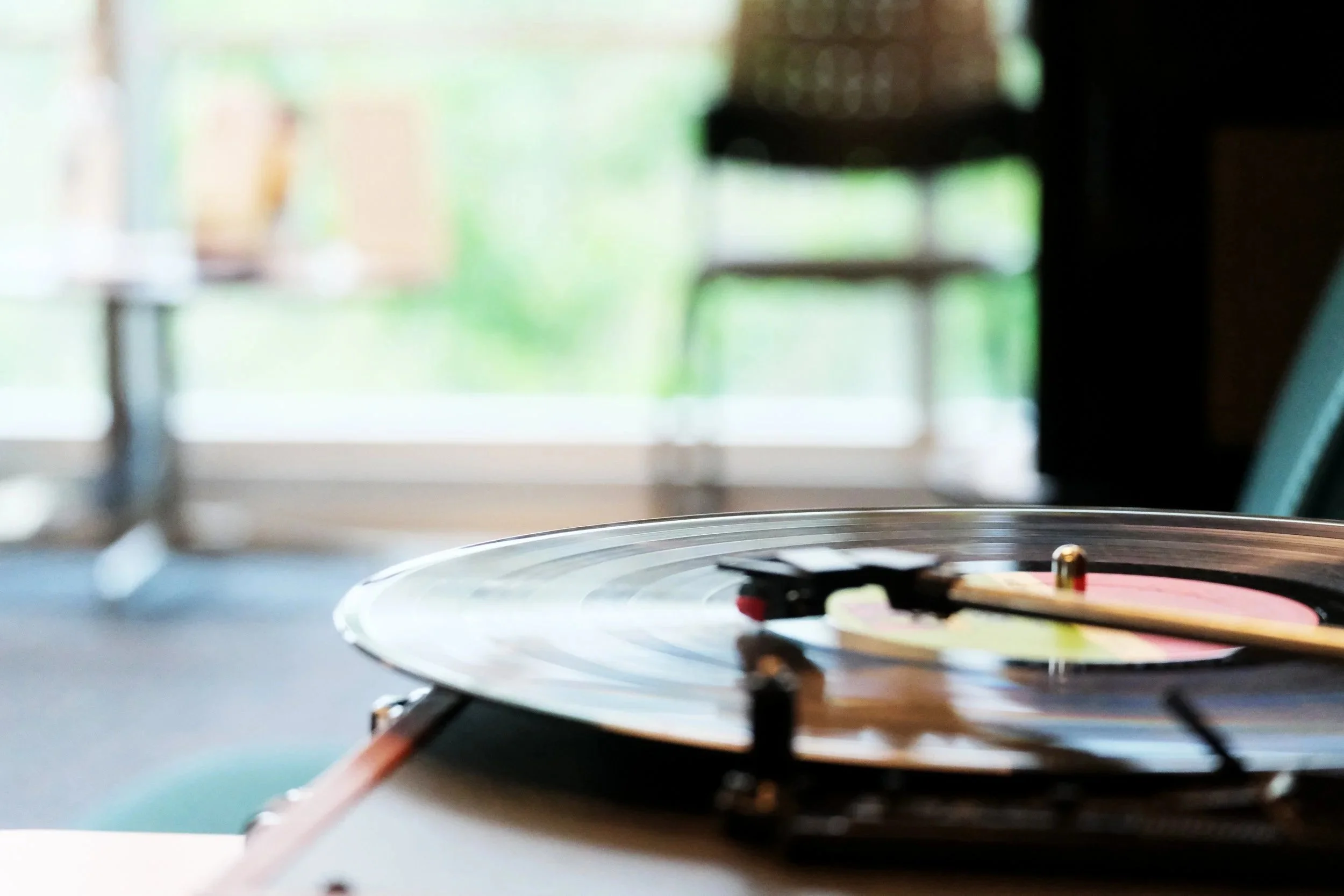
Built for success
The Fred Smithers Centre transforms not only student experiences but also campus culture. When students feel genuinely supported, there is increased engagement and a clear message that Saint Mary’s invests in individual potential. This demonstrates more than promises and instead becomes proof of action.
“It’s about focus and respect,” says McHugh. “When a student tells me, ‘I’m feeling better taking tests,’ that’s when you know the Centre is genuinely making a difference. That’s when infrastructure becomes opportunity.”
Universities must now consider moving beyond mere accessibility statements toward tangible, foundational change. Accessibility is a shared responsibility across the entire campus community and is most effective when embraced in day-to-day planning and decision-making.
“Students can register with the Centre at any time—whether it's their first semester, final year, or anywhere in between,” says McHugh. “We've also just redesigned our website to make it easier for everyone at SMU to quickly find the information and resources they need.”
Another donor’s generous gift has supported the website’s redesign, contributed to additional technology and tools for the Centre, as well as established a fund for students to receive psychoeducational assessments.
Intentionally designed, the Centre operates behind the scenes yet is profoundly impactful. Saint Mary’s is helping to set new standards for accessibility, creating spaces that empower students in lasting and meaningful ways.


